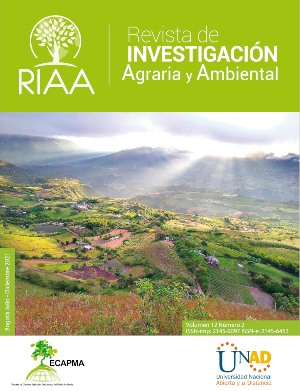Influence of scarification and gibberellic acid on seed dormancy and germination of pomegranate seedlings
Contextualization: Due to the importance of pomegranate among fruit species, studies on the physiology of its seeds and the production of seedlings are essential for the expansion of commercial orchards.
Knowledge gap: With the portrayed importance of this crop and its use in various sectors, such as agro-industrial and pharmaceutical products, the development of continuous and straightforward propagation techniques that provide a uniform seedling development will provide favorable conditions for the cultivation and exploitation of the species, improving its use and boosting new research.
Purpose: To evaluate the effect of scarification and immersion in gibberellic acid on the dormancy of pomegranate seeds, aiming at accelerating the emergence and improving the initial growth of seedlings.
Methodology: The sarcotesta was removed and the seeds were scarified. The treatments consisted of a scarified control, a non-scarified control (seeds with and without scarification), and seeds subjected to the concentrations of 500 mg L-1, 1,000 mg L-1, and 1,500 mg L-1 of GA3. The following variables were evaluated: initial emergence, emergence percentage, mean emergence time, leaf number, stem diameter, shoot length, root length, and total dry matter.
Results and conclusions: The pomegranate cv. Valencian seeds do not have tegument-related dormancy. In order to favor the emergence percentage and the initial growth of pomegranate seedlings, mechanical scarification and immersion of the seeds in GA3 are dispensed. Scarification and immersion of pomegranate seeds in 500 mg L-1 of GA3 are recommended to produce seedlings in a shorter time.










